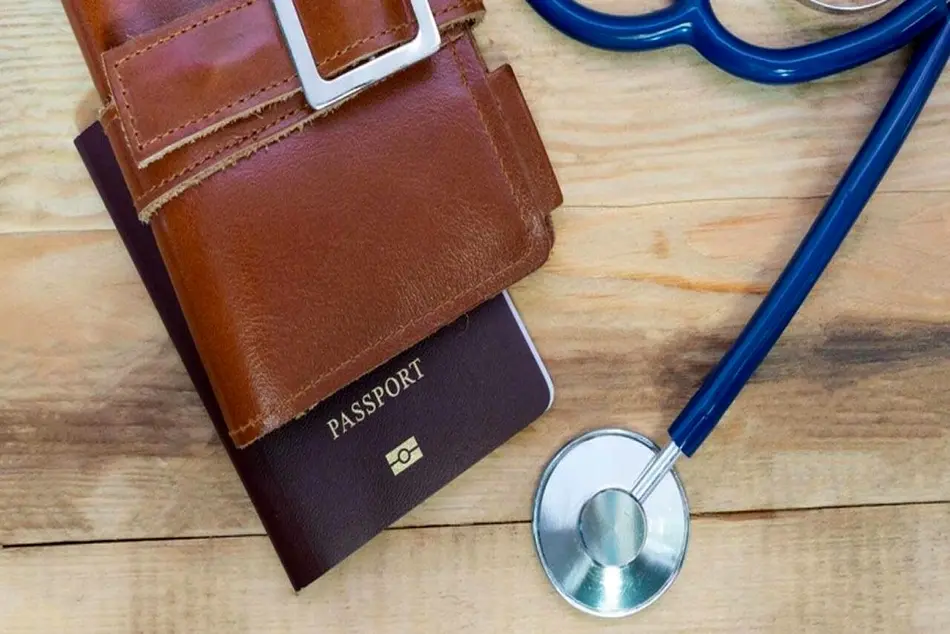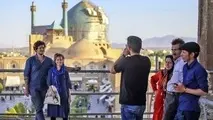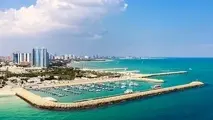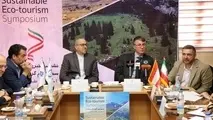Mashhad, 2nd destination for health tourists in Iran
Mashhad University of Medical Sciences Health Tourism Director said on Monday that Mashhad has the highest health tourists after Tehran.

Mashhad University of Medical Sciences Health Tourism Director said on Monday that Mashhad has the highest health tourists after Tehran.
Iran is one of the major tourism destinations in the world and the tourists coming to Iran can also become a major source for informing the people of their countries about the advances the health facilities of Iran have made.
Medical tourism made an economic contribution of around $1.2 billion to the country in the past Iranian year (March 2017-March 2018).
According to Iran's Health Ministry, Iran attracted around 300,000 medical tourists in 2017 and the number nearly doubled over the following year.
Iran has set its goals to exceed its yearly medical tourists to around two million in the Iranian year of 1404.
He said that the ministry believes that Iran has the potential to become a top medical tourism destination in the region. It is among the top three leading destinations of such tourists in West Asia.
Mohammad Esmaeil Khayyami told IRNA that Mashhad has special status in health tourism due to Imam Reza (AS) Shrine and that there are well-equipped medical centers and medical staff and competitive medical costs that can be a pioneer in health tourism in the country.
He added that last year more than 22,000 health tourists received medical services in hospitals and surgical centers under the auspices of Mashhad University of Medical Sciences.
He added that the number of health tourists who received services in the field of outpatient, outpatient and paraclinical services in Mashhad last year is over 100,000.
Khayyami added that during this time, health tourists from 56 different nationalities were accepted in Mashhad, most of them from Iraq, Afghanistan, Bahrain, Turkmenistan, Pakistan and Kuwait, respectively.
Iran's Infrastructures to promote Health Tourism
About 98 hospitals and 14 travel companies have so far been issued health tourism permits across the country.
Furthermore, Iran’s Tourism Development Association has been formed by the council to help attract investment and garner the support of government entities.
The association is also responsible for promoting authorized centers and introducing them to both Iranians and foreigners. It is expected to introduce health tourism service providers through a comprehensive online portal.
Iran’s ultimate goal is to earn around $25 billion a year through tourism by 2025, around $2.5 billion of which will come from medical tourism.
According to a report in 2016 by Big Market Research, the global medical tourism market is expected to reach $143 billion by 2022. It was reported in May that the number of tourists traveling to Iran for advanced medical services has grown by 40% in the past five years.
Iran has a highly educated workforce and is a regional leader in scientific and health development. It is one of the top five countries in the world in biotechnology.
According to statistics, most of the health tourists are from Persian Gulf countries, Afghanistan, Pakistan, Turkmenistan and Central Asian states. Most travel for organ transplants (especially the liver) and for various eye surgeries, orthopedic surgery, knee arthroplasty, dental services and cosmetic treatments.
The hospitals of Razavi (in Mashhad, northeastern province of Khorasan Razavi), Namazi (in Shiraz, southeastern province of Fars), and two health centers in Tehran and border hospitals are Iran's top health tourism destinations.
IVF Treatment
Also some people travel for assisted pregnancy, such as in-vitro fertilization, surrogacy or freezing embryos for retro-production.
The highly specialized Academic Jihad Infertility Center in Qom has been the destination of many medical tourists.
“Over 400 foreign infertile couples have been admitted to the infertility center in this southwestern province to receive medical treatment,” says the center's chief.
“The couples mostly came from Iraq, Pakistan, Turkey, Azerbaijan, Sweden and several African countries,” Mohammad Ebrahim Faqihzadeh said.



